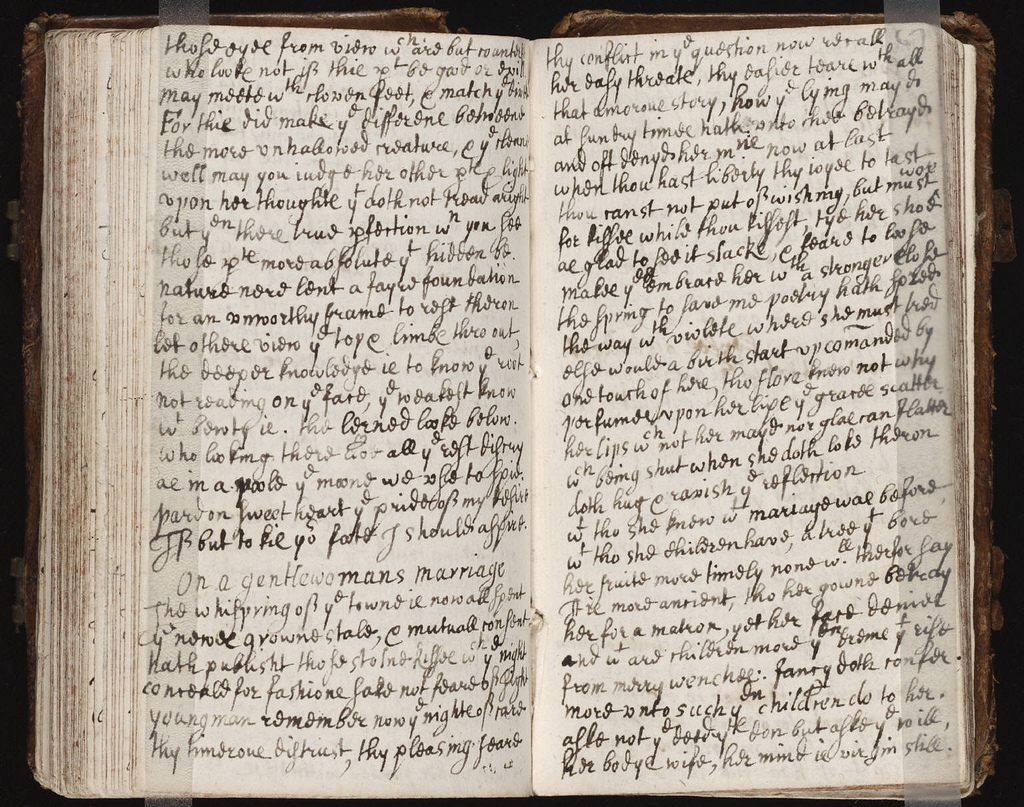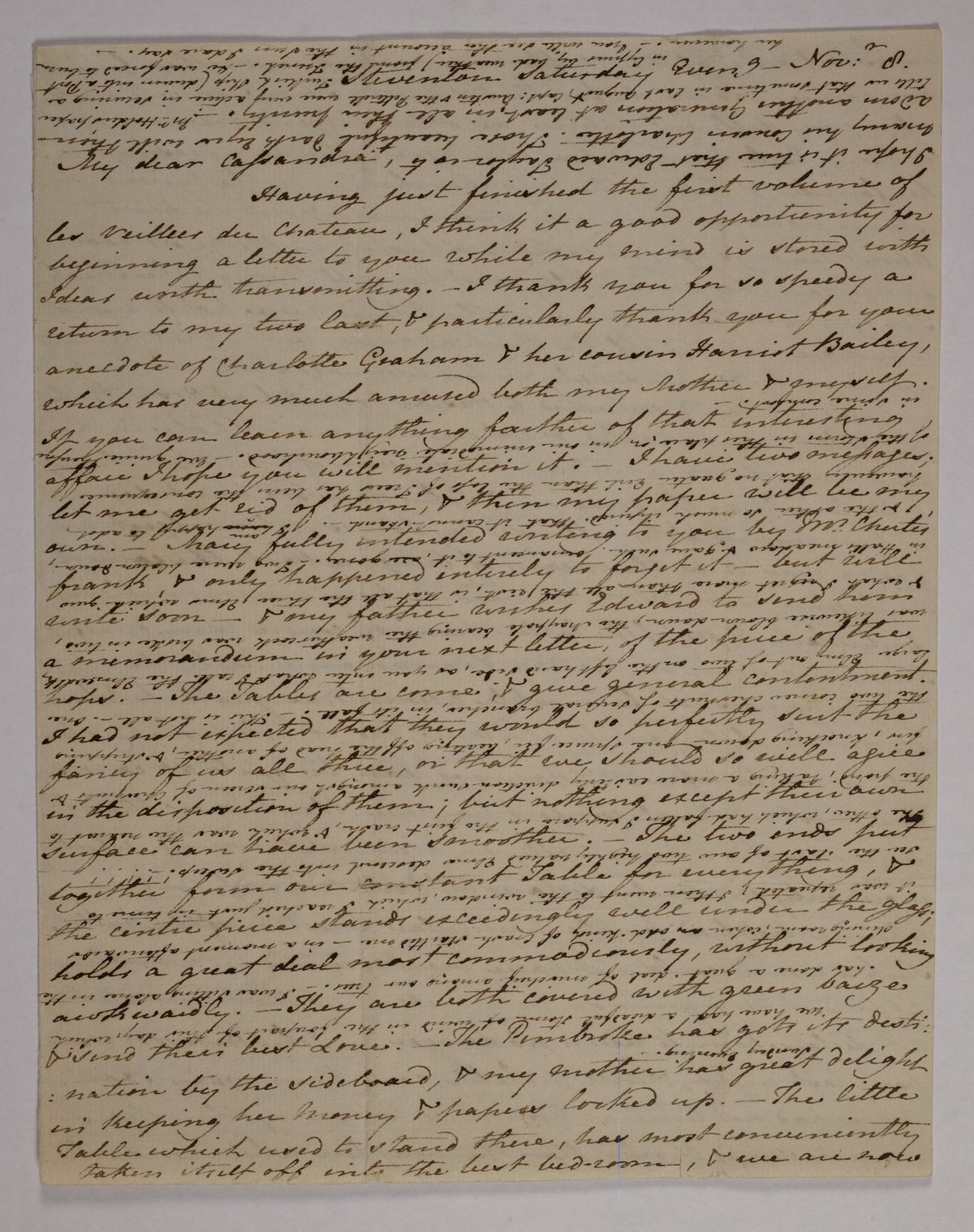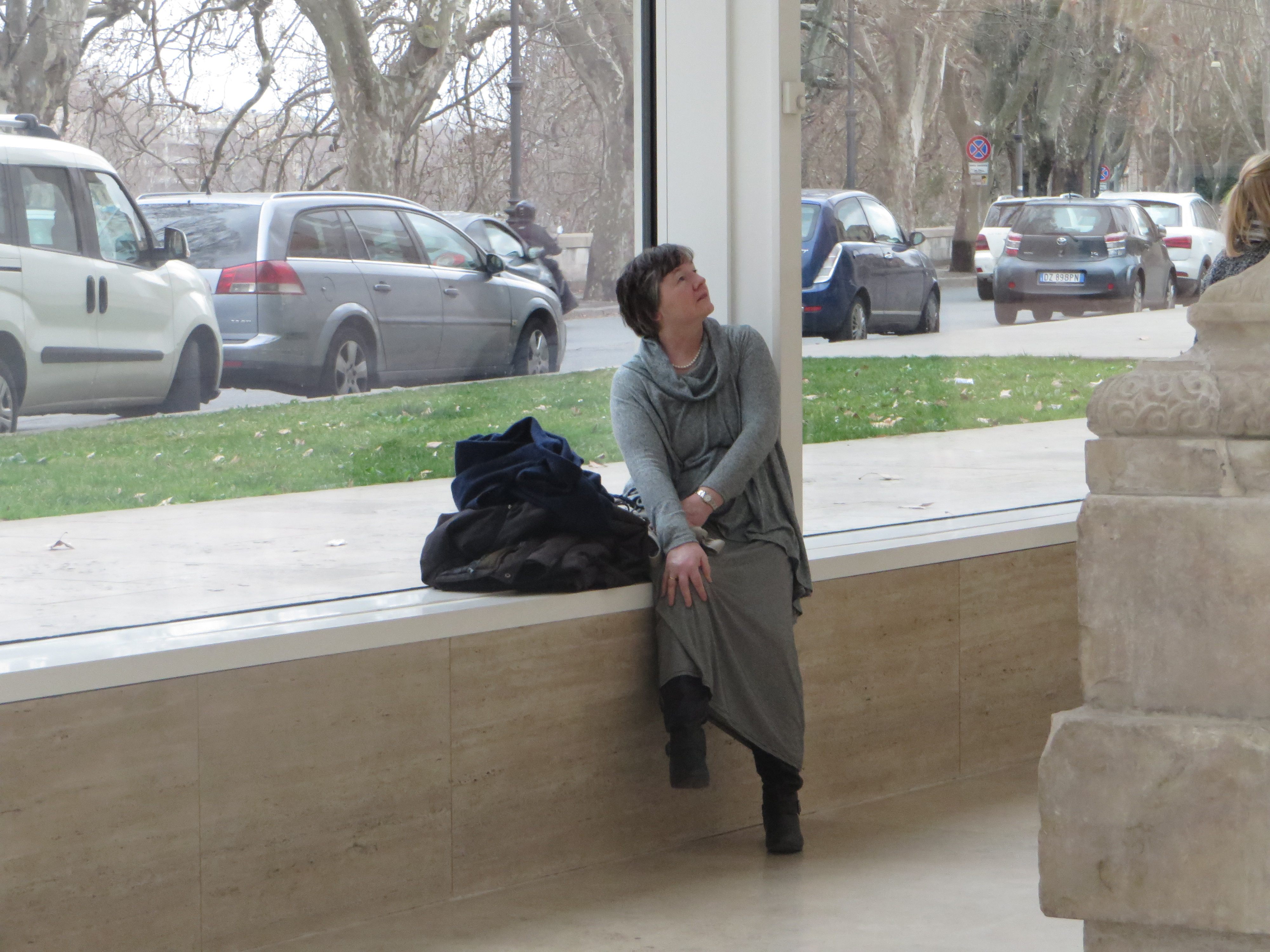Where Old, Unreadable Documents Go to Be Understood
A transcriber on the Isle of Man can decipher almost anything.

On any given day, from her home on the Isle of Man, Linda Watson might be reading a handwritten letter from one Confederate soldier to another, or a list of convicts transported to Australia. Or perhaps she is reading a will, a brief from a long-forgotten legal case, an original Jane Austen manuscript. Whatever is in them, these documents made their way to her because they have one thing in common: They’re close to impossible to read.
Watson’s company, Transcription Services, has a rare specialty—transcribing historical documents that stump average readers. Once, while talking to a client, she found the perfect way to sum up her skills. “We are good at reading the unreadable,” she said. That’s now the company’s slogan.
For hundreds of years, history was handwritten. The problem is not only that our ancestors’ handwriting was sometimes very bad, but also that they used abbreviations, old conventions, and styles of lettering that have fallen out of use. Understanding them takes both patience and skill. “I see the job as a cross between a crossword puzzle and a jigsaw puzzle,” says Watson.

She fell into this line of work about a decade ago, when a cousin asked for help deciphering a family will and she discovered that she has a talent for interpreting the strange, scrawling writing of the past. After this success, referrals started coming in, and she realized there is a market for this unusual skill. (The company also offers legal transcription, proofreading, and secretarial services.) Since then she’s had a steady stream of projects from amateur genealogists, grad students struggling with their long-sought primary source material, and libraries. The British Library had the company transcribe not just Austen’s work, but also manuscripts from the Brontës, William Wordsworth, Percy Bysshe Shelley, Samuel Taylor Coleridge, John Donne, and other luminaries.
“You can actually see how they have changed their manuscript—how Jane Austen changed Pride and Prejudice as she’s writing it,” says Watson. “That blows my mind a bit. You see it, and you think—that’s so much better after she’s edited it than before.”

Most of the documents that people need to understand, though, are wills and legal papers, which have their own pleasures. “The inventories I love,” she says. “It’s like someone comes to the front door and says, come on in to my house and have a look around.” They list featherbeds, high beds, low beds, folding beds, cupboards and chairs, fire irons and spits. One will mentioned a dog spit, which would have involved chains attaching a spit to a wheel turned by a dog. One man listed every book in his library. A woman described each piece of her wardrobe, down to her second-best red flannel petticoat, and specified which great-niece or -nephew should receive each item.
Some of the documents Watson transcribes are written by a trained hand; others are scrawled by people with limited literacy, with handwriting she compares to “a spider walking across the page.” Older scripts—court hand, for instance, which was used by lawyers and clerks beginning in the medieval period (and eventually became stylized into illegibility)—have long, narrow strokes and letters jammed together to save space, making it a challenge to find where one word ends and another begins. Some styles of writing lean heavily on space-saving abbreviations: An extra flourish on a letter “p” can turn it into a “per” or “par,” a “pro” or “pre,” depending on the exact position of the extra line. Other documents rely on phonetic spelling and are impossible to understand without reading aloud. Sometimes a manuscript is damaged, or ink has bled through from one side to the other. In these cases, the clearest portions can act as a decoder for the rest: An indistinct word might have the same shape as a legible one—a clue to puzzle out what was written all those years ago.

Since she first started specializing in old documents, Watson has expanded beyond things written in English. She now has a stable of collaborators who can tackle manuscripts in Latin, German, Spanish, and more. She can only remember two instances that left her and her colleagues stumped. One was a Tibetan manuscript, and she couldn’t find anyone who knew the alphabet. The other was in such bad shape that she had to admit defeat.
In the business of reading old documents, Watson has few competitors. There is one transcription company on the other side of the world, in Australia, that offers a similar service. Libraries and archives, when they have a giant batch of handwritten documents to deal with, might recruit volunteers. Even today, when computers have started to excel at reading books, handwritten works escape their understanding. Scholars who study medieval manuscripts have been working on programs that might have a chance of helping with this task, but right now a trained eye is still the best and only way to make real progress.
“Some of the ones I find easier to read, the machine will probably be able to read sooner rather than later,” says Watson. “But anything slightly difficult and … I’ve seen some documents done by the software, and they just make you laugh. I think I’m safe in my job for a good while yet.”











Follow us on Twitter to get the latest on the world's hidden wonders.
Like us on Facebook to get the latest on the world's hidden wonders.
Follow us on Twitter Like us on Facebook